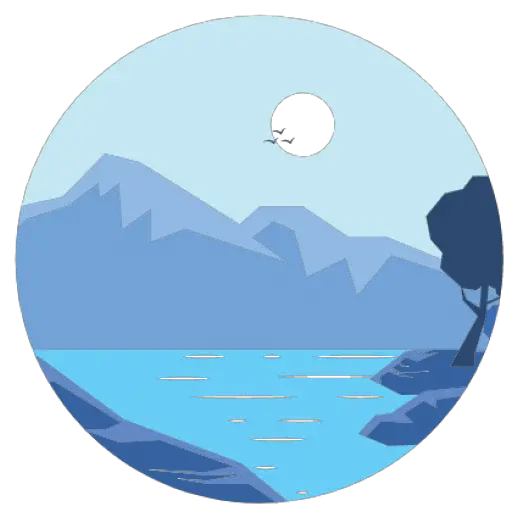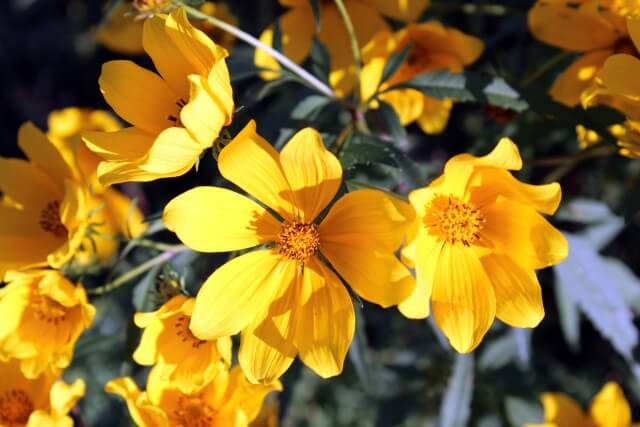Switzerland’s Zermatt is easily accessible to both the serious walker (who will enjoy the 400km/249mi of trails) and the less fit visitor (who will enjoy the mountain railways which give easy access to some areas).
For such an accessible region, it’s an alpine flora treasure trove for even the most serious botanists. As a bonus, this beautiful area also enjoys some of the driest and sheltered terrain in all of the Swiss Alps!
The Alpine region around Zermatt is an isolated ecosystem which boasts no less than seven endemic plants which are found nowhere else in the world. When the ice sheets retreated after the last Ice Age the species which had migrated to the Zermatt area were isolated from their Arctic origins.
Zermatt’s mountains are an important Alpine flora region because of its biodiversity which has survived thanks to a unique combination of a dry climate, the highest tree line in the Alps, plus a large variety of soil conditions. Some wildflowers are closely associated with the rock conditions – edelweiss thrive on chalky soil, while amica sprouts on silica-rich, acid soils.
Where to explore…
The Rotenboden-Gornergrat path is a steep hike which requires a head for heights. It is probably the best place to see a variety of Alpine flora in a small area in the region of the lateral moraine of the Gorner glacier (Gornergletscher in German). Alpine flowers here include: fine-haired sweet clover, umbel pennycress (endemic), edelweiss, glacier wormwood, and Hellers pasqueflower among others.
Easier options include the following two of themed trails which are well marked with signposts and boards explaining the flora and geology you are seeing. Best time: June-July.
The Blumenweg (flower trail) runs over 4.3km/2.7mi from Blauherd to Sunnegga. Depending on the time of year you’ll see fields of alpine anemones, gentians and pasque flowers. Accessible June-September.
The Eidelweissweg (Eidelweiss trail) runs 18.8km/11.6mi in a loop from Zermatt via Trift and Zmutt and is a tough 7 hour+ walk which includes 1km of elevation. This trail is accessible from June to October and features not just the flower it’s named for but also great views of the Mt. Matterhorn’s north face.
What to bring…
- As always when walking in the Alps – good footwear
- A field guide is useful – but a lighter option is a smartphone app – look for the Flora Helvetica (French and German only)
- A magnifying glass – as is typical with alpine flowers – these are sometimes quite tiny blooms
For more information on walking in the Zermatt region check out our Walking in Valais & Zermatt page as well as our Travel and Hiking Tips page for Zermatt and Valais.

